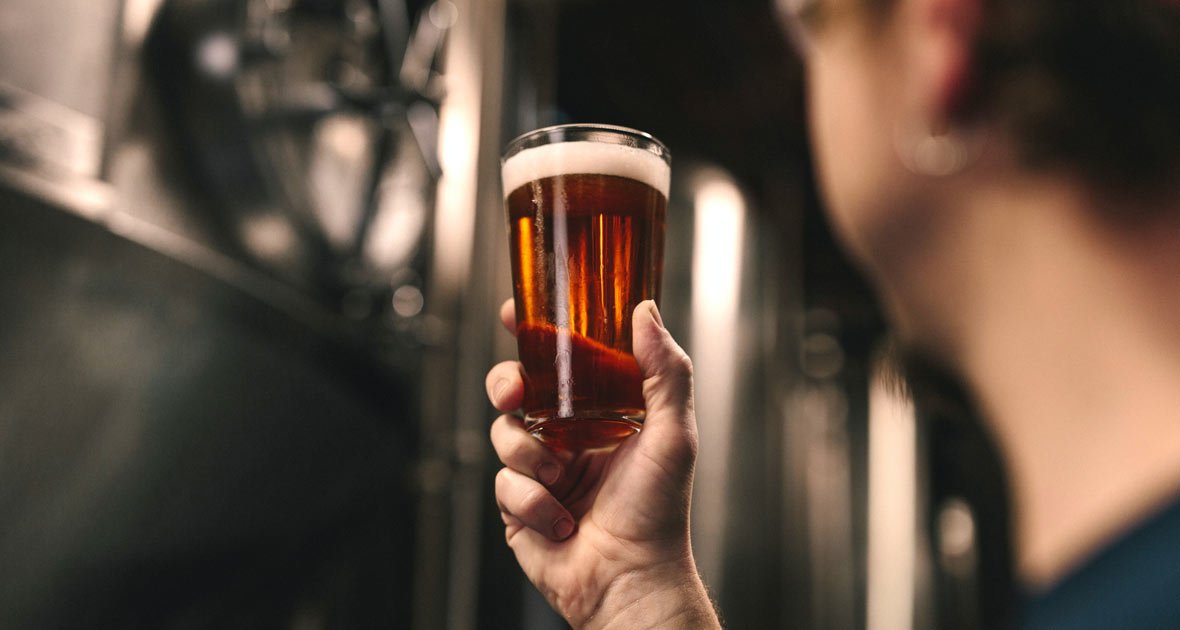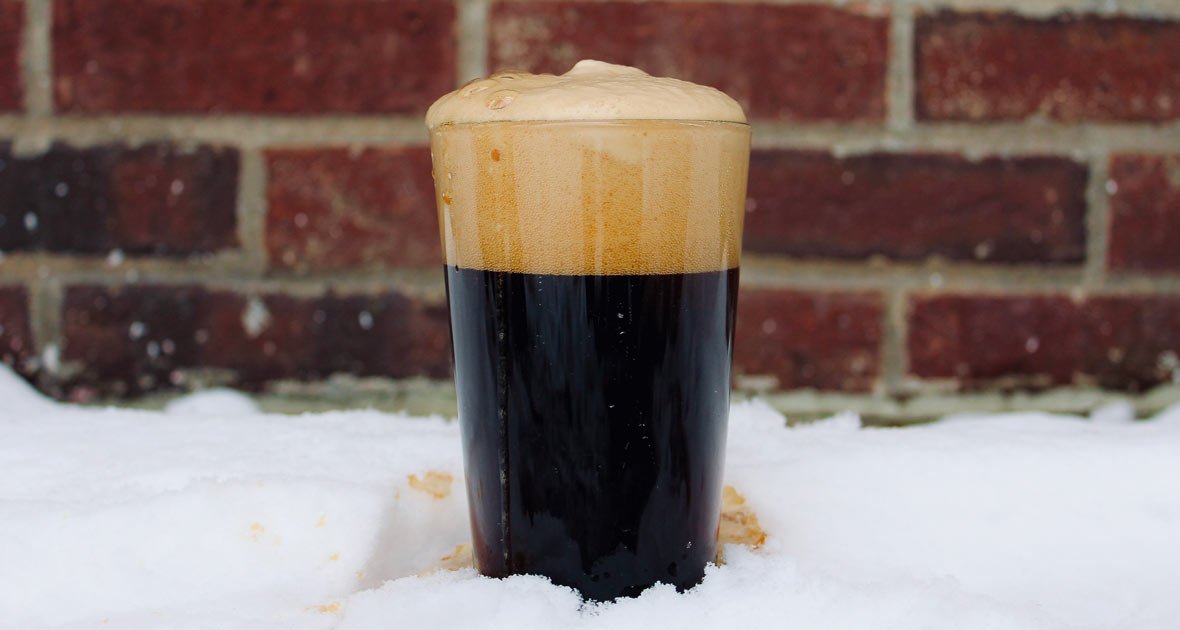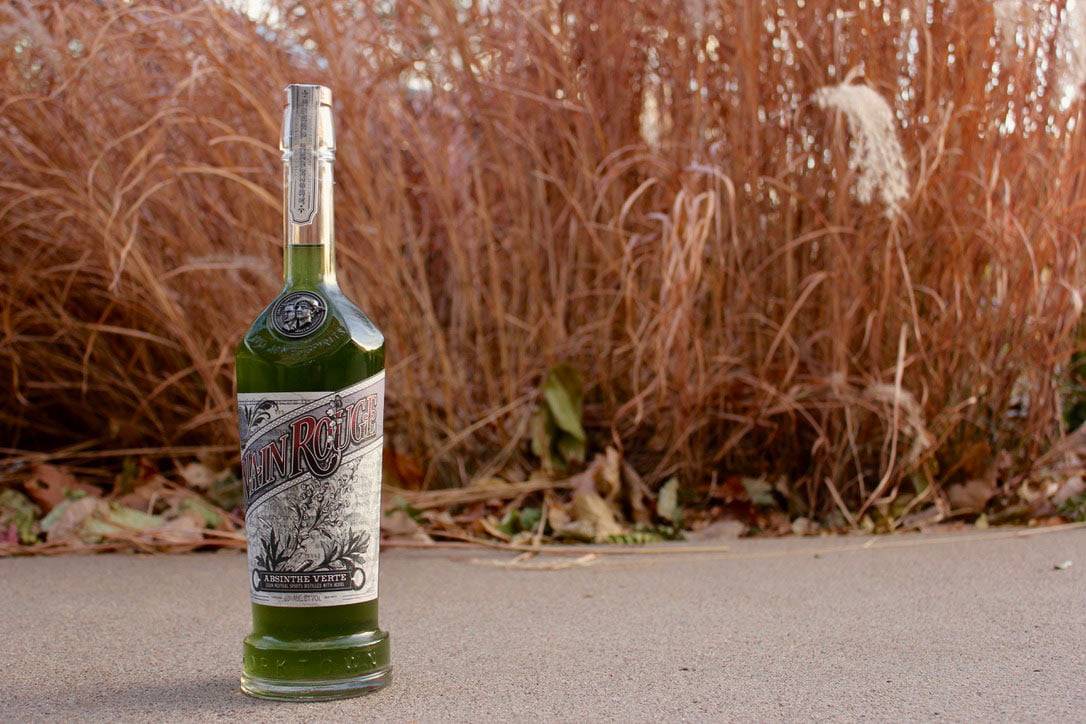written by Chaz
There is no reason to inform you about what you already know: COVID-19 is awful, and so many more things that come with it. 2020 is not the year we envisioned, but France 44 still firmly believes we still have reason for some holiday cheer. Hope is around the corner, and we believe there are many reasons to celebrate. The snow is coming, people are finally done debating if Die Hard is a Christmas movie (I really hope), and there are plenty of fun new libations to try here are France 44.
Wine
Marc Hebrart Cuvée de Réserve Champagne
Nothing quite adds to the holiday spirit as Champagne does. Marc Hebrart has long been one of our favorite producers of Champagne. The Cuvée de Réserve is a blend of Pinot Noir and Chardonnay and spends about 2 years aging on the lees to add complex notes of almond and brioche. This is a bright and balanced Champagne that bats well above its price point.
Poggio Antico ‘Lemartine’
Lemartine is a rich and hearty Tuscan blend of Sangiovese, Cabernet Sauvignon, and Petit Verdot. It is loaded with bold blackberry and currant flavors. Leather, oak, and spice round out the palate. Grippy tannins are present on the finish making this a great pairing with a hefty cut of beef!
Domaine Laroche ‘Saint Martin’ Chablis
Saint Martin is a blend of some of Domaine Laroche’s best vineyards throughout Chablis. It offers bright acidity and notes of green apple, citrus, and chalk. This wine’s acidity and flavor profile make it very food friendly. Try it with oysters, seafood, and lemon herb chicken.
Spirits
Tattersall Bottled in Bond Bourbon: France 44 High Rye Single Barrel
Our friends at Tattersall have waited four years to deliver us this fantastic bourbon, feature a mash bill of 55% yellow corn, 35% AC Hazlet Rye, and 10% malted rye. Minnesota white oak barrels, Minnesota grains, and aged just over four years in Minnesota, this is through and through a true Minnesota whiskey. This single barrel has big emphasis on black pepper, graham cracker, and nice dried fruit. Following the Bottled-in-Bond Act of 1897, this four-year-old bourbon sits at 100 proof, just where we like our bourbon.
Vikre Amaro Superiore
Up in Duluth, Vikre has been working on a new bartender series. To kick it off, they have brought us a new amaro bitter liqueur. Distilled with water from Lake Superior, this amaro is crafted to be used like Campari or a classic sipping amaro. Citrusy marmalade topped with nutmeg and cinnamon flavors remind us of home baked goods. The finish is balanced with pleasant herbaceous bitterness. A beautiful bottle label and wonderful spirit inside, this is a fantastic liqueur for everybody this season.
Dashfire Hard Coffee Canned Cocktails
Dashfire came out with six different canned cocktails in 2019, which were a huge success last year. This year, they have partnered with Five Watt Coffee to bring us three new coffee cocktails, perfect for the morning, afternoon, or after dinner. Bourbon Cold Brew Coffee has notes of chicory and vanilla. The Golden Latte uses rum, espresso, cream, and a few other flavors to bring out sweet nutmeg goodness. And finally, the Rum Café Mocha (the liquor team’s favorite of the three) is rum, cacao cream, and espresso, the mocha is chocolate perfection in a can.
Beer
The beer world has only grown more complex in the last year. It seems every time we promote a beer, it flies off the shelf before most people can buy it. We did our best to choose beers with higher quantities at the time of publishing, but these all still come in limited quantities.
Great Lakes Christmas Ale
This beer has been around since 1992, almost three decades. Every year, Great Lakes delivers a fantastic Christmas Ale to drink during the cold winter nights around the fire. Honey, ginger, and cinnamon spices all permeate through this beer. It pairs perfectly with roast duck, spiced holiday desserts, and of course, another Christmas Ale. We only have six packs available, so you might as well grab two if you can.
Drekker Ectogasm
If you have any family coming home for the holidays, more than likely somebody will be going to be a big hazy IPA drinker. Drekker Ectogasm is one of our most popular hazy IPAs in the cooler, and beers overall. Tropical fruit burst out of this can with citra and mosaic hops, and the oats create a pillowy soft feel. Whether you are a big fan of new school beer or not, this beer will certainly be one of the first to go in the fridge.
Indeed Pils (Pils Pils Pils Pils Pils Pils Pils)
A classic German lager but with a brand-new recipe in a brand-new package from a great brewery, Indeed is bringing old world beer to a new world audience. The hops resonate throughout this beer, making it one of the hoppier lagers with some juicy citrus notes, but this is a true classic, delivering clean, crisp, refreshing flavor. Perfect for someone used to Coors Light and the New England IPA fan.
With that, we wish you a Happy Holidays. Enjoy this season with the ones you love, and watch out for those Wet Bandits!

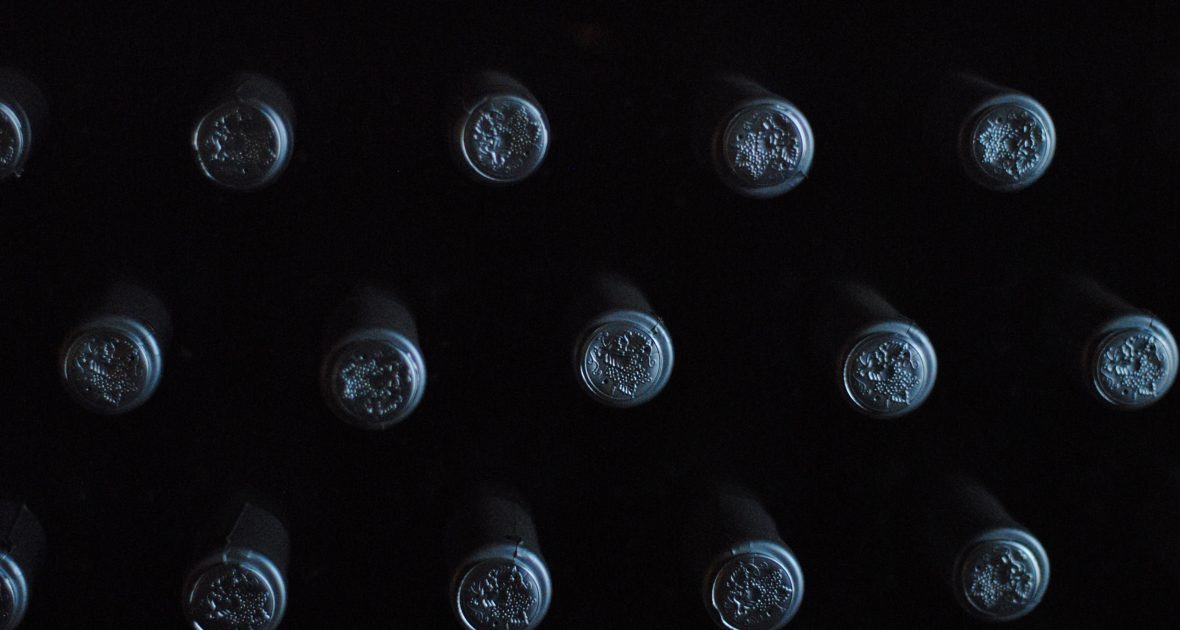
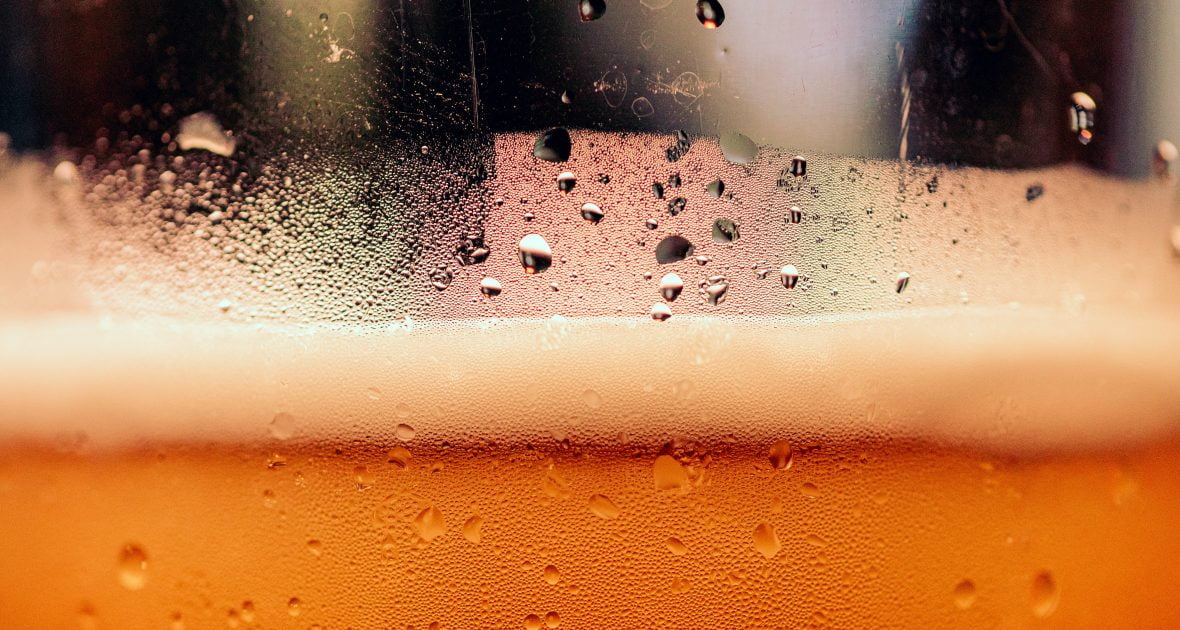
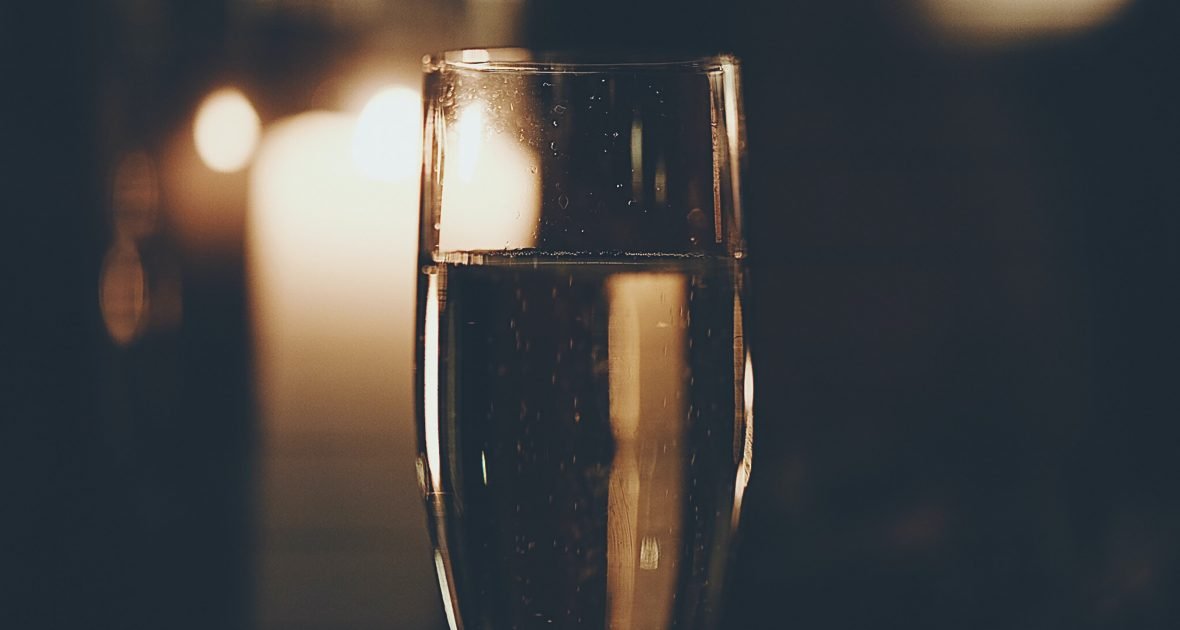
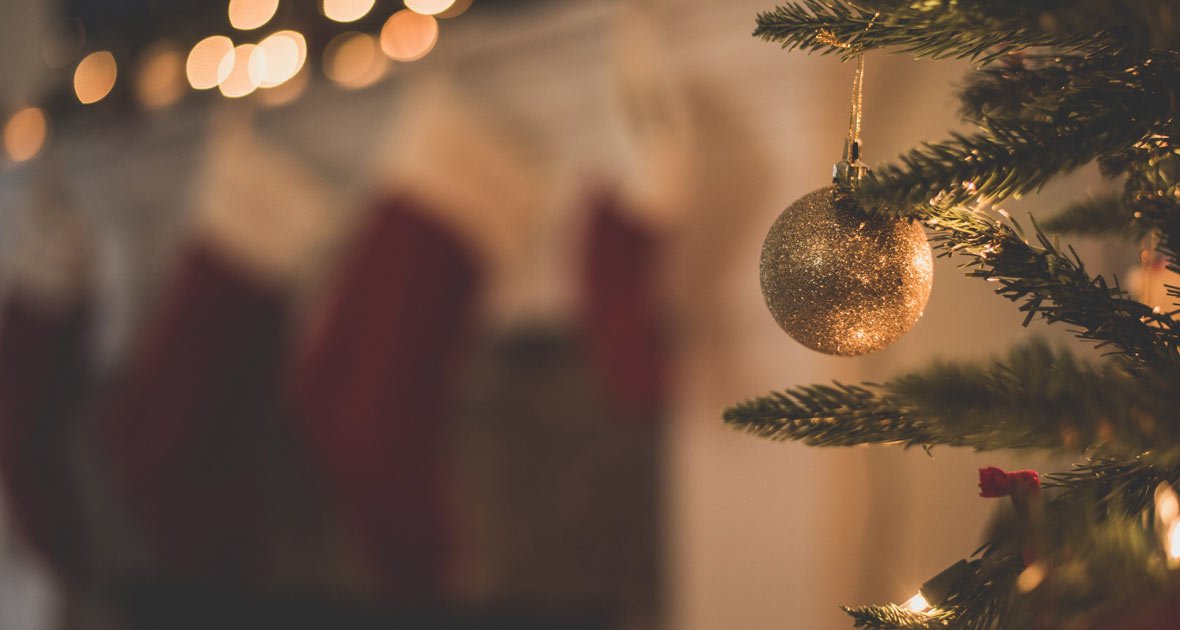
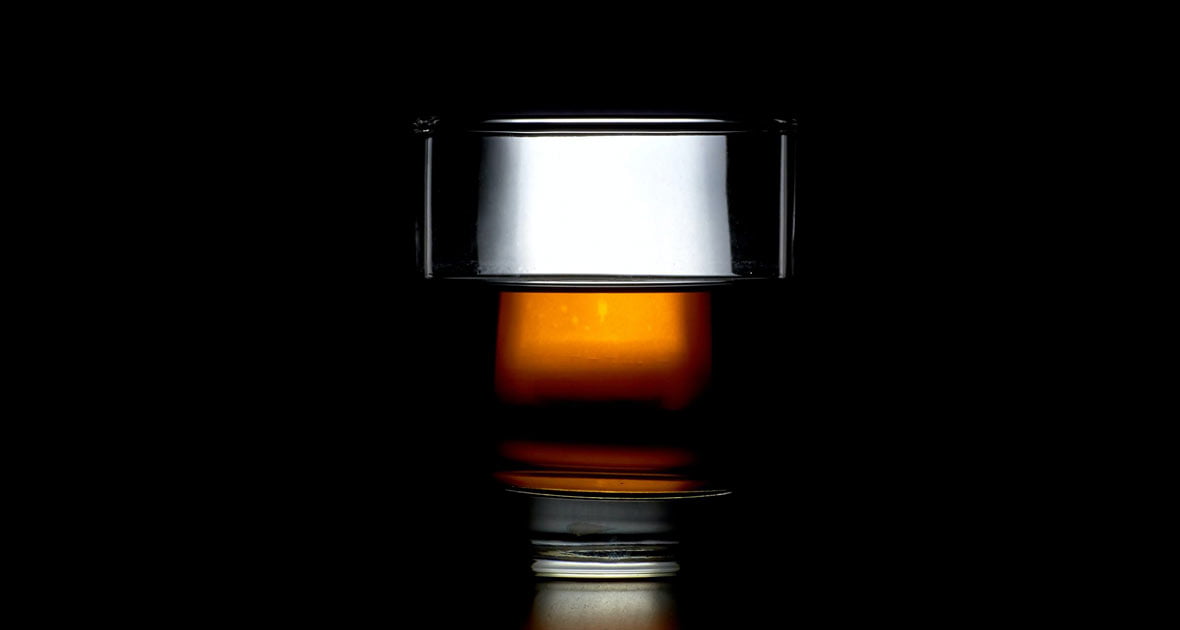

 Last week, we were lucky to land 14 new German wines. The, all important, and fan favorite Frtiz Muller Rose has reclaimed its spot in our rosé section. The Von Buhl Bone Dry Riesling and Rosé are now smiling back at us from their once empty shelf spaces. If you have never tried any of the aforementioned wines, you must, but please do not look over some of the other house favorites that have come back.
Last week, we were lucky to land 14 new German wines. The, all important, and fan favorite Frtiz Muller Rose has reclaimed its spot in our rosé section. The Von Buhl Bone Dry Riesling and Rosé are now smiling back at us from their once empty shelf spaces. If you have never tried any of the aforementioned wines, you must, but please do not look over some of the other house favorites that have come back.